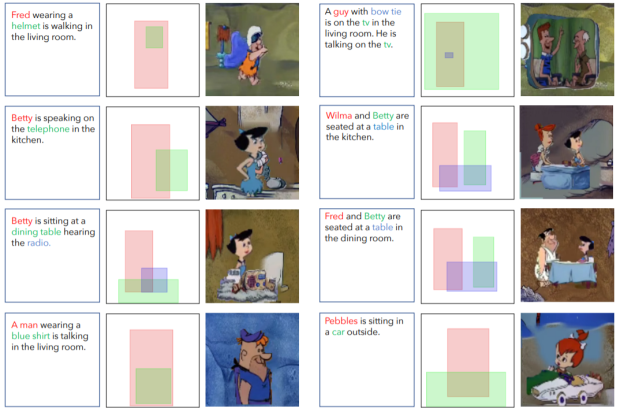Deep Learning (neural networks) are used to achieve the state of the result for image recognition, computer vision, machine translation, etc,. Reinforcement learning refers to goal-oriented algorithms, which learn how to attain a complex objective (goal) or maximize along a particular dimension over many steps; for example, maximize the points won in a game over many moves. They can start with a blank slate, and under the right conditions, they achieve superhuman performance. Like a child incentivized by spankings and candy, these algorithms are penalized when they make the wrong decisions and rewarded when they make the right ones – this is reinforcement.
Like a human, agents learn for themselves to achieve successful strategies that lead to the greatest long-term rewards. This paradigm of learning by trial-and-error, solely from rewards or punishments, is known as reinforcement learning (RL). Reinforcement algorithms that incorporate deep learning can beat world champions at the game of Go as well as human experts playing numerous Atari video games. While that may sound trivial, it’s a vast improvement over their previous accomplishments, and the state of the art is progressing rapidly.
Reinforcement learning solves the difficult problem of correlating immediate actions with the delayed returns they produce. Like humans, reinforcement learning algorithms sometimes have to wait a while to see the fruit of their decisions. They operate in a delayed return environment, where it can be difficult to understand which action leads to which outcome over many time steps.
Q – Learning
Q-learning is a model-free reinforcement learning technique. It is able to compare the expected utility of the available actions (for a given state) without requiring a model of the environment. Additionally, Q-learning can handle problems with stochastic transitions and rewards, without requiring adaptations. It has been proven that for any finite Markov decision process (MDP), Markov decision processes (MDPs) provide a mathematical framework for modeling decision making in situations where outcomes are partly random and partly under the control of a decision maker. MDPs are useful for studying a wide range of optimization problems solved via dynamic programming and reinforcement learning. Q-learning eventually finds an optimal policy, in the sense that the expected value of the total reward return over all successive steps, starting from the current state, is the maximum achievable.
(via Wiki, GoogleDeepmind Blog, DeepLearning4j, IntelAI)
